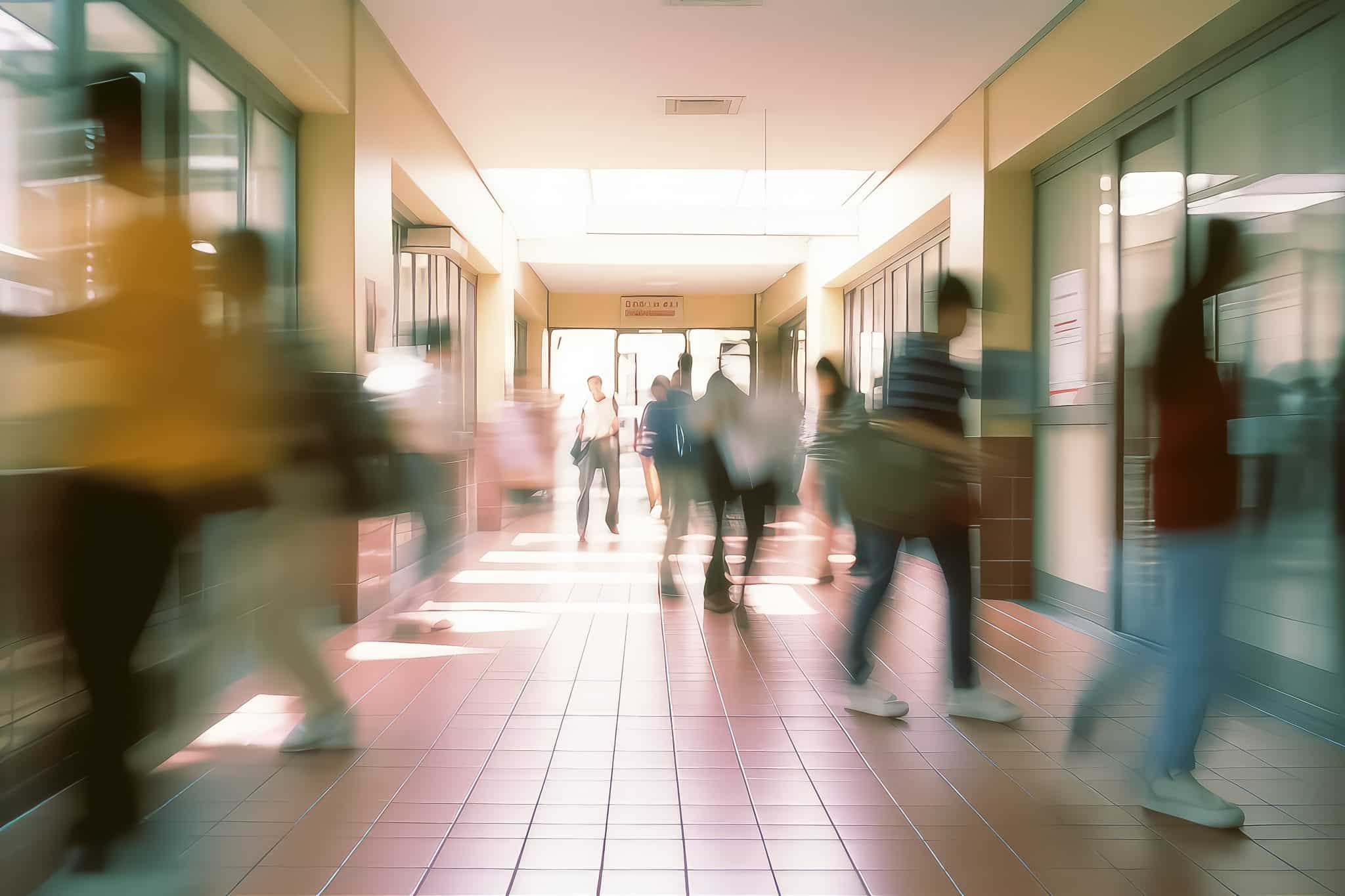This article originally appeared in ammo.com and is re-published here with permission.
Report Highlights:

 havokjournal.com
havokjournal.com



Targeted Attacks Highlights
Many headlines speculate about one’s mental health before an attack on an educational institution. 63% of assailants from 2008 to 2017 had depression. 60% reported suicidal thoughts, 29% had anxiety, 26% had anger issues, and 20% had psychosis.
49% of the assailants had substance abuse issues. 46% of them had parents or siblings struggling with substance abuse. 71% had divorced parents, and 40% reported dysfunction in the family or domestic violence.
100% had social stressors within six months. Here are some of the more common characteristics of school attackers.
Report Highlights:
- There have been 2,646 school shooting incidents in the U.S. since 1966. Of those, 2,205 (94%) occurred after the 1990 School Zone Safety Act (Amended in 1995). (Source)
- There are 1,325 total State Gun Laws per this 2022 report. (Source)
- The Federal government has been enacting Federal Firearm regulations since 1934.
- The correlation between population density and school shootings is more profound in population density than in firearm legislation.
- There is no standard “School shooting” definition in the U.S. The Secret Service defines targeted attacks, while most data includes incidents when a firearm is brandished, fired, or a bullet hits school property.
- There were 238 school shooting incidents during the National Assault Weapons ban, 293 in the decade before, and 347 in the decade after.
- 62% of school shootings (as defined) occurred during non-school hours (1970-2022).
- Firearms were used in 61% of targeted school attacks, and 39% used knives between 2008 & 2017.

Gun-Free School Zones & Shootings Statistics (2024 Updated) • The Havok Journal
by Cassandra McBride This article originally appeared in ammo.com and is re-published here with permission. Report Highlights: There have been 2,646 There have been 2,646 school shooting incidents in the U.S. since 1966.
Targeted Attacks Highlights
- Students are targeted more often than faculty and SROs.
- Schools with fewer than 1,000 students have more targeted attacks than schools with more than 1,000 students.
- School attackers are more likely to be male than female.
- Suicidal ideations, disciplinary action, and retaliation are common precursors to an attack.
- Few schools have metal detection devices, and less than half of schools in America have armed School Resource Officers.
- The average targeted attack occurs after a seasonal break and lasts less than one minute.
- Most attackers get their firearms from a close friend or relative. Firearms are often obtained from unsecured locations.
- The majority of assailants obtained their weapons on the day of the attack.
Many headlines speculate about one’s mental health before an attack on an educational institution. 63% of assailants from 2008 to 2017 had depression. 60% reported suicidal thoughts, 29% had anxiety, 26% had anger issues, and 20% had psychosis.
49% of the assailants had substance abuse issues. 46% of them had parents or siblings struggling with substance abuse. 71% had divorced parents, and 40% reported dysfunction in the family or domestic violence.
100% had social stressors within six months. Here are some of the more common characteristics of school attackers.
- 89% had disciplinary issues at school (i.e., suspension, poor grades, etc.)
- 80% expressed elicited concern from bystanders
- 83% shared verbal, written, video, or visual communications with threats
- 74% displayed anger outbursts or aggressive acts
- 71% stockpiled weapons
- 71% had an interest in weapons
- 63% depression and isolation
- 57% observable differences in appearance and behavior
- 54% expressed suicide and self-harm
- 37% had a heightened interest in violence
Last edited:
